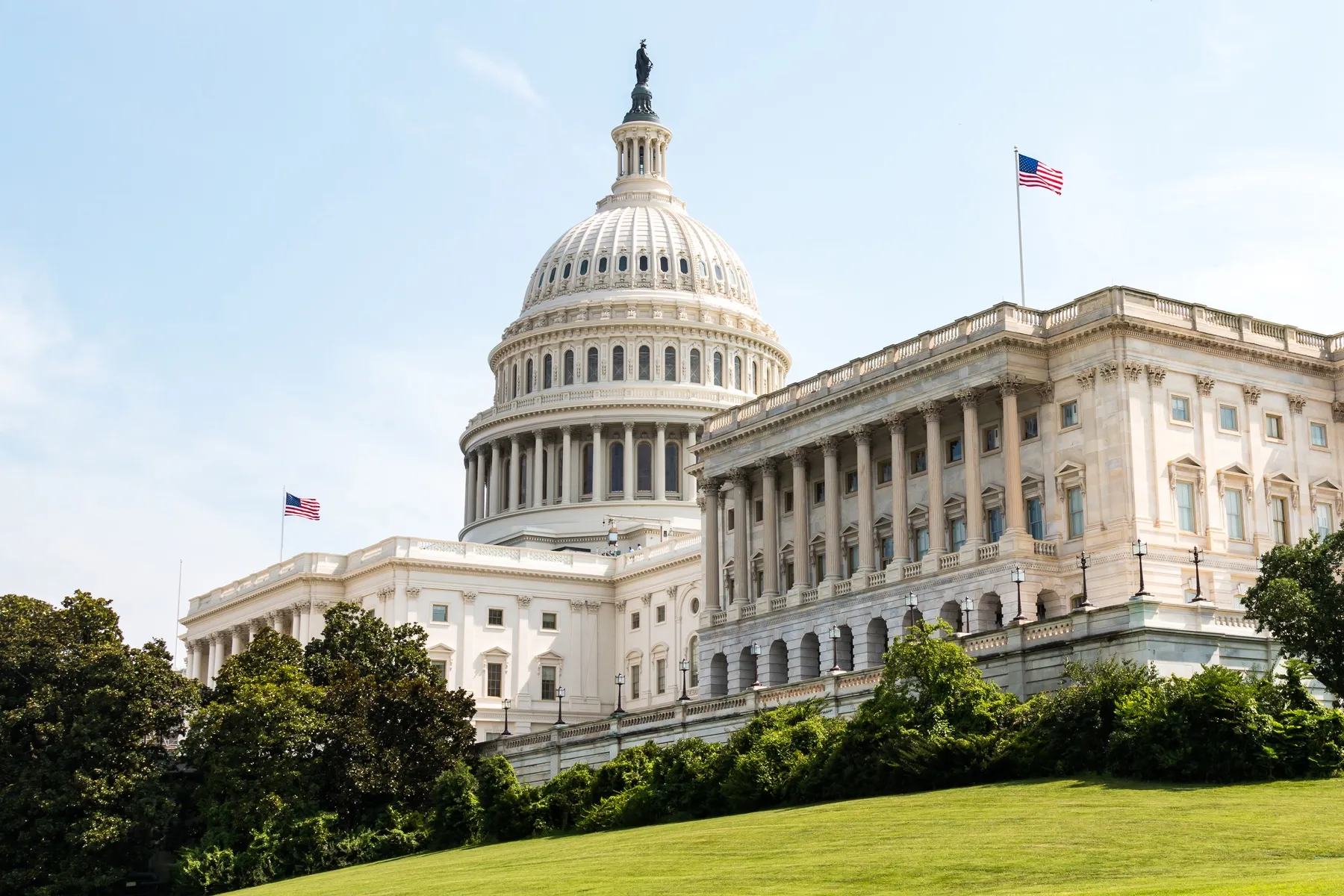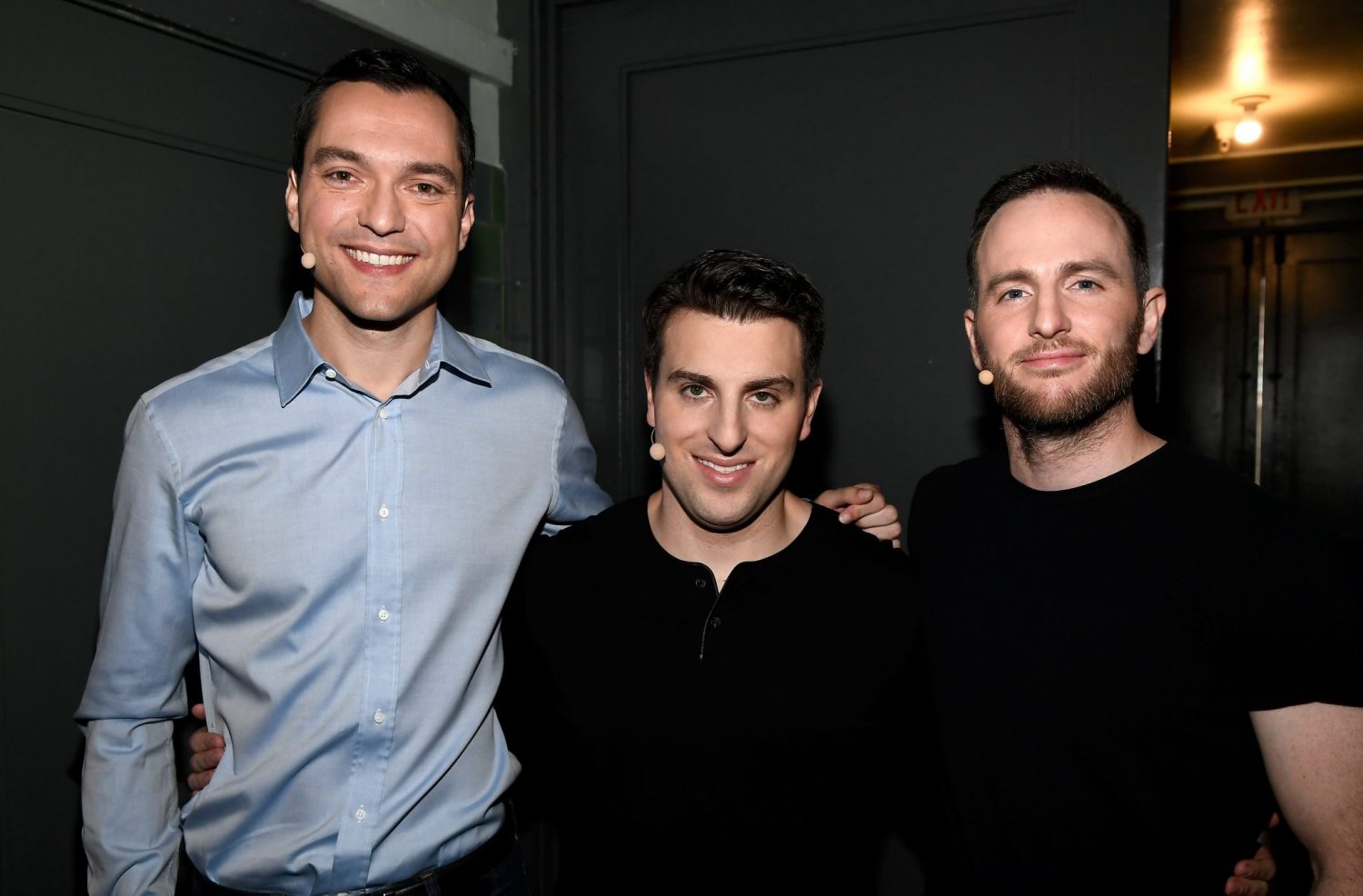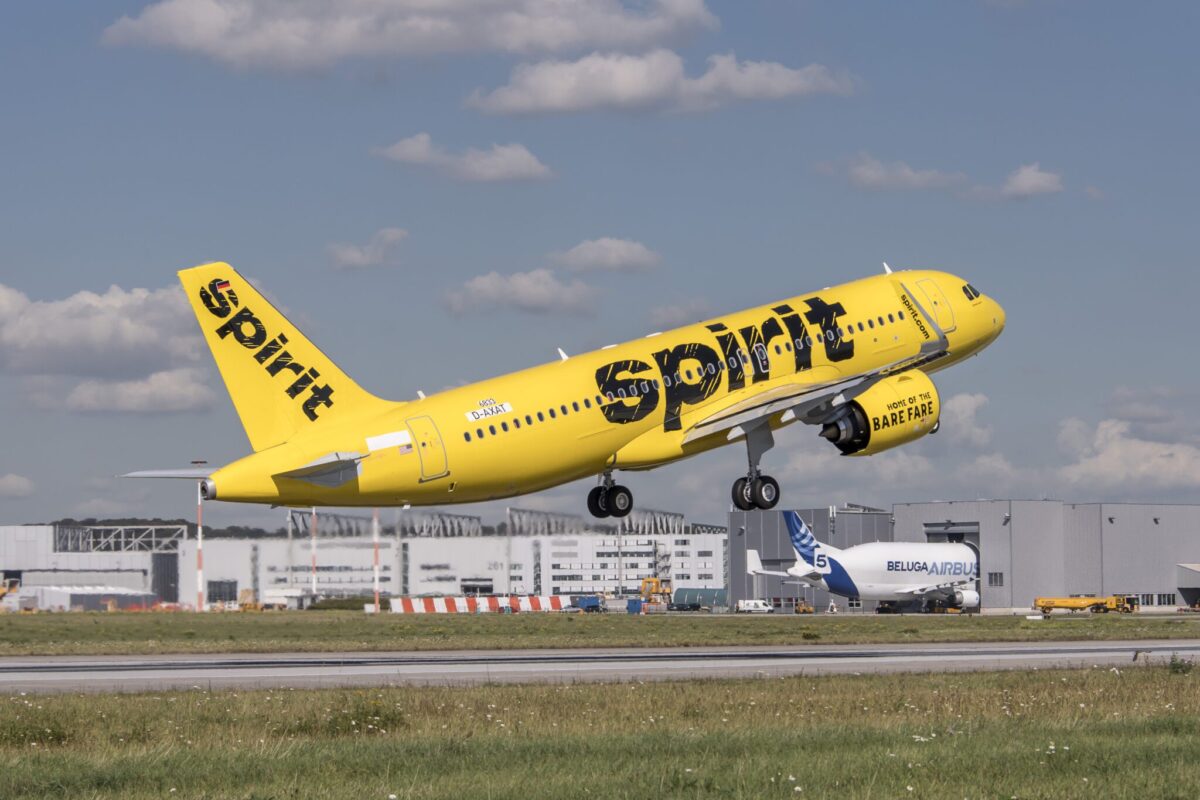Why European Investing Giant Kinnevik Is Betting on Travel Startups

Skift Take
Akhil Chainwala is one of the most thought-provoking investors you probably don't know by name. Chainwala is a London-based investment director at Kinnevik, Europe's largest publicly listed startup investor. Kinnevik has stakes in travel startups TravelPerk and Omio.
Chainwala has kept a relatively low profile, despite having some thought-provoking views on how to disrupt travel technology giants such as Amadeus — and how to build world-class travel startups.
Kinnevik (pronounced shin-eh-veek by Swedes and shin-uh-vik by Brits) has $6.9 billion in assets invested in about 30 startups across industries.
Four years ago, the Swedish investment group began to reshape its consumer services portfolio, broadening out from inventory-based e-commerce for products like fashion and furniture and listings-based marketplaces, such as for apartment rentals. As consumers began valuing experiences over material possessions, the group examined travel, among other experiential sectors.
Kinnevik invested in two travel startups: TravelPerk, a travel management software provider, and Omio, a consumer search platform for booking transportation. Late last year, TravelPerk raised $115 million in a Series D round, of which Kinnevik contributed $25 million. As of March 31, Kinnevik owned a 15 percent stake in TravelPerk worth $170 million and a 5 percent stake in Omio worth about $42 million.
"Since the pandemic hit, we've participated in — depending on how you count it — four to five funding rounds across those two companies," Chainwala said. "That very much vibes with our long-term orientation. We invested from our balance sheet in these companies even when the pandemic made them temporarily unprofitable."
In late April, Kinnevik led a $35 million investment round in SafetyWing — a Norwegian company offering digital nomads health insurance.
Might Kinnevik make one or two more investments in travel over the next couple of years?
"Directionally, that's probably the right way to think about it," Chainwala said. But he noted he couldn't be "proscriptive" about whether the very selective group will find travel-sector businesses that meet the group's criteria.
Kinnevik's Areas of Interest in Travel
One of Kinnevik's broad themes is that it believes there's an opportunity for startups aiming to rebuild the sector's digital plumbing to support either suppliers or resellers. That space is currently dominated by travel technology companies such as Amadeus, Sabre, and Travelport.
"Apart from the financial profile of the growth rate and so on, if I just look at it from a product perspective, many of the legacy players have technical debts or deficits," Chainwala said.
The companies themselves deny this oft-repeated charge about having essentially outdated systems. Amadeus has noted that, before the pandemic, it had been ranked by the European Commission as one of Europe's leading companies when it comes to spending on research and development. Travelport has said it has been cleaning up its technical debt, as has Sabre.
"If you think about the pricing structures they have and the incentives those create, that doesn't feel like a part of the future," Chainwala said. "It feels like a part of the past. Those pricing structures are sort of dictated by what they need to do to keep up their legacy systems."
"What I find interesting are ways to break down that tall mountain into more achievable short-term goals," Chainwala said. "Amadeus, Sabre, etc., are good at dealing with, let's call it, vanilla flight inventory. But there's a lot they're not doing well."
"Airlines have got to deal increasingly with ancillaries like seat selection and baggage allowances, increasingly things like visa processing and carbon offsetting and other product extensions like airport transfers," Chainwala said.
"Rather than going into Amadeus' home turf on day one, which can be done but is high risk, why not go off to serve some of the areas they don't cover well?" Chainwala said. "Then, in step two, also come after the vanilla flight inventory piece where, frankly, the margins are lower, while the volumes are high."
Companies aiming to disrupt the Amadeuses of the world would be engaged in a "moonshot," meaning they would require a longer "gestation period" than the typical startup in travel, Chainwala acknowledged. Buying and holding Amadeus stock since 2010 would've generally been more profitable than betting on the average travel startup. But an opportunity still exists, he said.
"The classic conundrum for many startups is can you crack distribution before the incumbents crack product?" Chainwala said.
Travel Startups Need to Acquire Customers Efficiently
Kinnevik has many boxes that startups need to tick to win its backing. To pick potential winners, its team members eye each startup's user retention rates, unit economics, management skill, total addressable market, and other factors.
In the travel sector, customer acquisition costs — and the cost of reacquiring customers — are among the top concerns, Chainwala said.
"Putting it simply, the issue in the travel sector is the frequency of usage," Chainwala said. "It's episodic, despite high share of mind and a high share of wallet. That results in pretty low loyalty to individual platforms. Therefore the most valuable travel company today is Google."
Supporting this view, 22 percent of U.S. travelers say they start their trip research on Google even when they know the exact place they want to go, according to an AlphaWise survey that Morgan Stanley Research published on April 25. The survey found that 39 percent of travelers start on Google when they don't yet know their destination.
Travel startups need to find more cost-efficient ways of acquiring customers than advertising in Google search. [Skift Research subscribers can read more in the report Google’s Growing Impact on Travel in 2022.]
Another tactic to thrive is to have a relatively unique supply. The logic here is that demand will chase after that rare supply — once a startup has scaled.
"A good example of a managed marketplace approach is Oyo Rooms," Chainwala said. "Putting aside an analysis of its business and just speaking about it strategically, it's an example of successfully creating somewhat-curated inventory. As they scale, the semi-unique inventory should attract direct bookings."
Oyo probably doesn't increase how frequently people travel. But it can capture more value by being more vertically integrated with its marketing, distribution, and operations than many rival hotel companies.
Kinnevik's analysis rules out many startups that might otherwise look appealing. Some online agencies and young travel software businesses may have high growth rates and outstanding gross transaction values. But they stumble on the re-acquisition of customers.
Building a better product is another, more obvious way to help ensure word-of-mouth marketing. Chainwala believes TravelPerk is a better product than what vendors have traditionally offered businesses for managing travel.
"When you think of the principles of user-centricity of design common in consumer-facing products, historically, that's not been how these tools have been designed for the end users in business travel," Chainwala said. "They have been designed with considerations for finance and procurement teams or, in some cases, for security considerations. TravelPerk has stood out by focusing on creating a consumer-grade experience for end users."
When evaluating companies, one metric Chainwala looks at is the "ratio of LTV to CAC," or lifetime value of customers relative to the customer acquisition cost. This ratio can roughly translate to the average revenue per month generated per customer, multiplied by 24 months, and then divided by the so-called customer acquisition cost — the sales and marketing expenditure divided by the number of customers acquired in the same period.
This ratio can reveal underlying patterns that otherwise aren't obvious in most startups, which typically have to spend a lot of capital before they can become profitable. Other analyses may look at a company's commissions, or "take rate," to get further insights.
Some investors, such as Lakestar's Christoph Schuh, have argued that many travel startups have become more cost-efficient in how often they can reacquire customers.
Chainwala agreed that he had seen some of that in Kinnevik's own portfolio companies.
One reason Kinnevik has continued to support Omio, whose flagship business was helping consumers book multi-modal (say, flights plus rail) travel, is that Omio has been branching out into attempting to build "digital plumbing" to standardize the distribution of rail, bus, and ferry products in a way others, such as Silverrail and Amadeus, have struggled to do.
"The B2C [consumer facing] business is what gives you the volume, the scale, and the relevance to go off to serve a very large and very high-margin B2B [business-to-buisness] end of the market," Chainwala said.
Perhaps the ultimate example of this is Tele2, which is arguably Kinnevik's most successful creation. Tele2 rose as a challenger to Sweden's state-owned telecom, and it remains a cash cow for Kinnevik to tap.
Kinnevik's net cash stood at about a half-billion dollars in late March. That capital offers it the dry power to invest in other startups soon.





